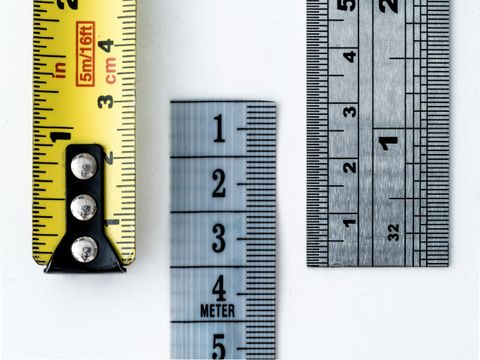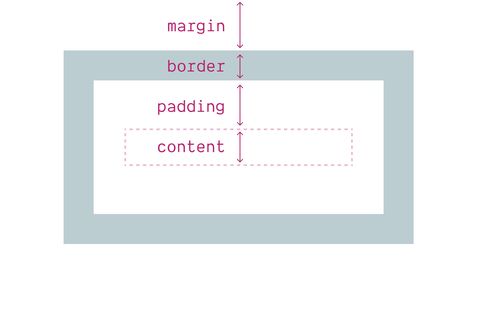Anchor Positioning Updates for Fall 2025
Overflowing content, browser support, and polyfill updates
Anchor positioning is close to Baseline. As more people try it out, they are finding areas where it could be improved, and differences between browsers. Let’s take a look at the current state of anchor positioning.



